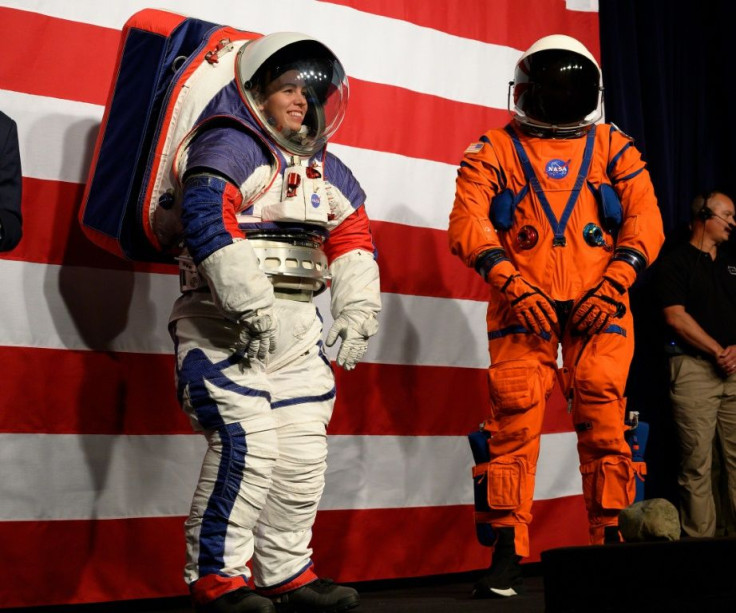NASA Scientists Detail Astronauts’ Lunar Activities In Upcoming Moon Mission

Two scientists from NASA revealed the planned activities of the two astronauts the agency will send to the Moon as part of its Artemis program. According to the scientists, the astronauts will spend almost a week on the lunar surface.
Artemis is NASA’s latest spaceflight program. As previously explained by the agency, the program will be kicked off by a new human mission to the Moon. For this mission, NASA plans to send two astronauts to the lunar surface.
Recently, during the annual Lunar Exploration Analysis Group meeting, scientists John Connolly and Niki Werkheiser of NASA revealed the details of the two astronauts’ activities for the upcoming lunar mission.
According to the scientists, the two astronauts will spend about 6.5 days on the lunar surface. This will be the longest time that NASA astronauts stayed on the Moon.
During their week-long stay on the lunar surface, the astronauts are expected to carry out up to four spacewalks on the Moon. They will conduct various scientific observations and experiments during these activities.
“We will have a very robust science program from the very beginning,” Connolly said during the meeting according to Ars Technica.
One of the experiments that the astronauts will conduct involves analyzing samples taken from water ice. Although the scientists did not go into detail regarding the object of this experiment, one can assume that it may have something to do with detecting signs of microbial alien life on the Moon.
The scientists also noted that the astronauts might also collect rock samples on the Moon, which will then be returned to Earth in order to be studied. In addition, the astronauts will also conduct other experiments that are geared towards testing NASA’s capability of deploying a crewed mission to Mars.
“We are going to do some testing for Mars on the Moon, but we are also looking at a long-term lunar surface presence," Connolly said.
NASA’s upcoming Moon mission for the Artemis program is expected to launch sometime in 2024. Connelly noted that the agency is targeting to land the mission near the Moon’s south pole, which is believed to be rich in water ice.
© Copyright IBTimes 2025. All rights reserved.




















